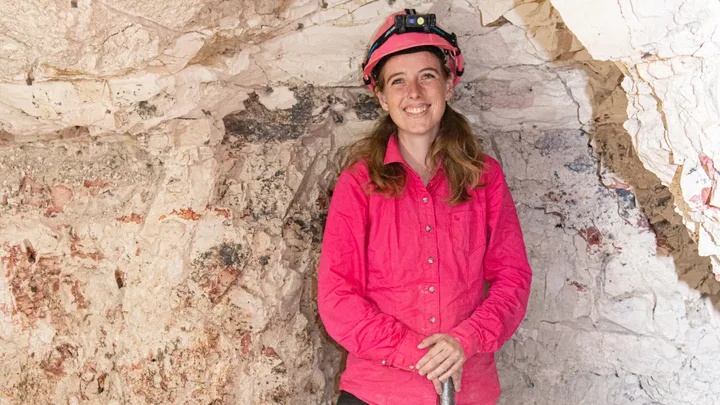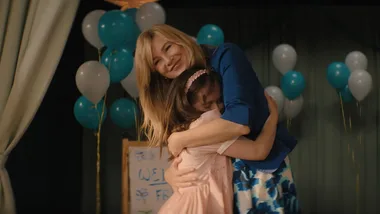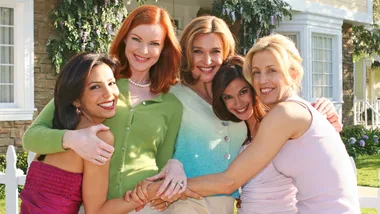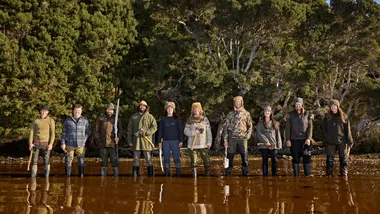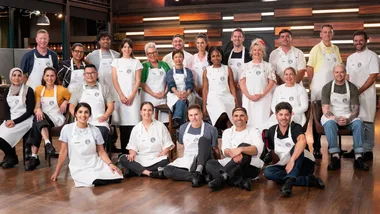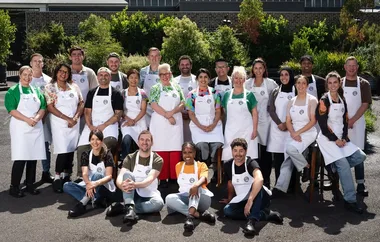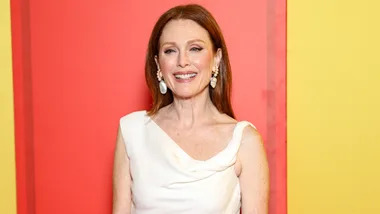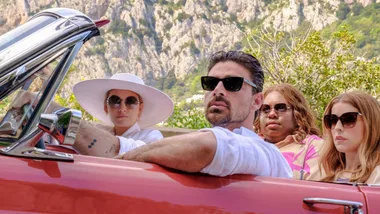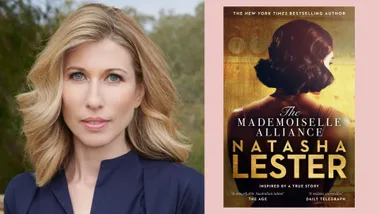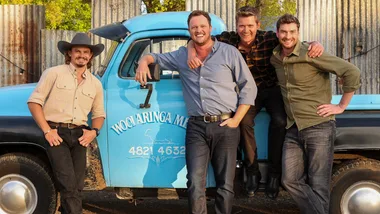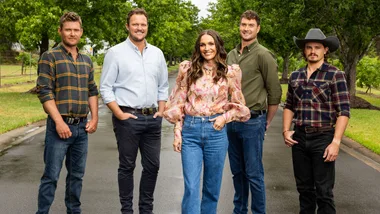Everything about this land suggests life here is hot and hard. The summer sun blazes from an enormous sky, nudging the temperature into the mid-40s.
The heat shimmers and radiates off white ground; toasts skin. A willy-willy stirs grit and whisks it about aged mining machinery and through camps made of corrugated iron. Kangaroos doze under scant shade.
Yet despite appearances there is a siren’s call here.
The world covets opal but the most revered is black opal – a kaleidoscopic play of rainbow colours set against a contrasting dark background – and one of the few places in the world to find black opal is at Lightning Ridge and its surrounding fields in northwestern NSW.
Black opal creates an incurable fever. It has captured hearts and minds since it was first discovered here in the 1880s. But among the heat and dust of Lightning Ridge there are other gems – the women of the opal fields who call this place home.
“I was six weeks old when I landed on the Glengarry opal fields [70km south-west of Lightning Ridge] with my family in the 1960s,” says third generation opal miner Kelly Tishler, 51.
“My grandfather got opal fever and never left, so we all followed. We lived in a camp, which was a tin dwelling with no running water, no electricity and dirt floors, but we had a wonderful life and got up to so much fun and mischief.”
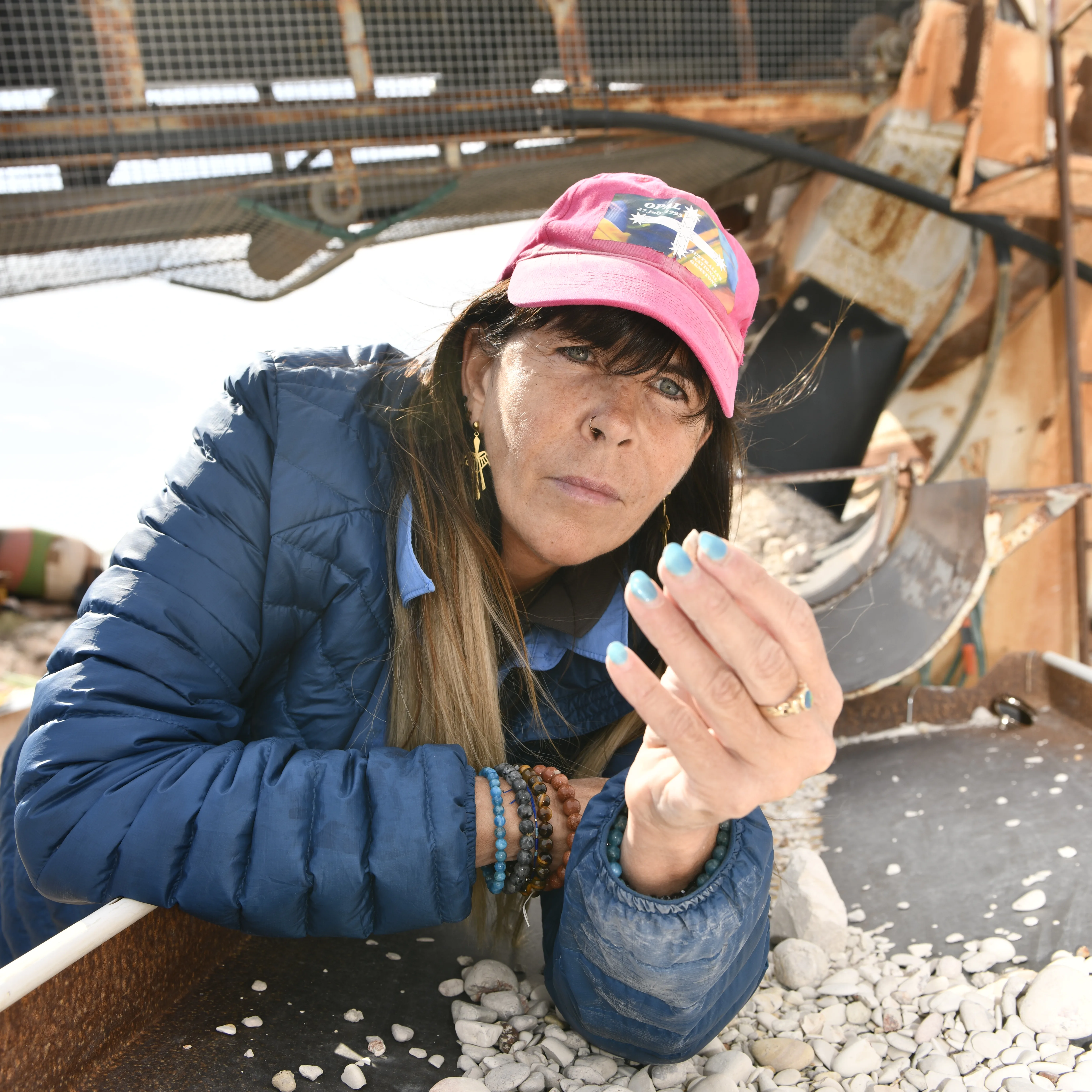
With three younger brothers and four younger male cousins, Kelly was the ringleader, fossicking for opal for pocket money and inadvertently learning about the opal trade.
“I was definitely brought up with the attitude that you can do anything,” she tells The Weekly. “I had to learn to drive trucks and get my hands dirty and there was no special treatment because I was the only girl.”
Naturally, Kelly became a miner and for 30 years has seen the highs of opal rushes and the famines when the opal runs out.
She has served on the board of the Lightning Ridge Miners’ Association and promoted the industry on television in Discovery Channel’s Outback Opal Hunters.
“I get emotionally attached to these wonderful gemstones,” she reflects. “They are gifts from Mother Earth and are, fittingly, Australia’s national gemstone.”
Kelly can usually be found prospecting for new fields on a drill rig or washing opal with an agitator (similar to a large concrete mixer).
Sam Mehan, 29, on the other hand, prefers to spend her time underground, swinging on a jackhammer. Sam, too, is a third generation miner and grew up not far from Kelly on the Grawin opal fields.
“Mum’s father was an opal miner, so she spent her whole life out here. Dad came out here when he was young and fell in love with opals, so I’ve always been a Grawin girl,” she says.
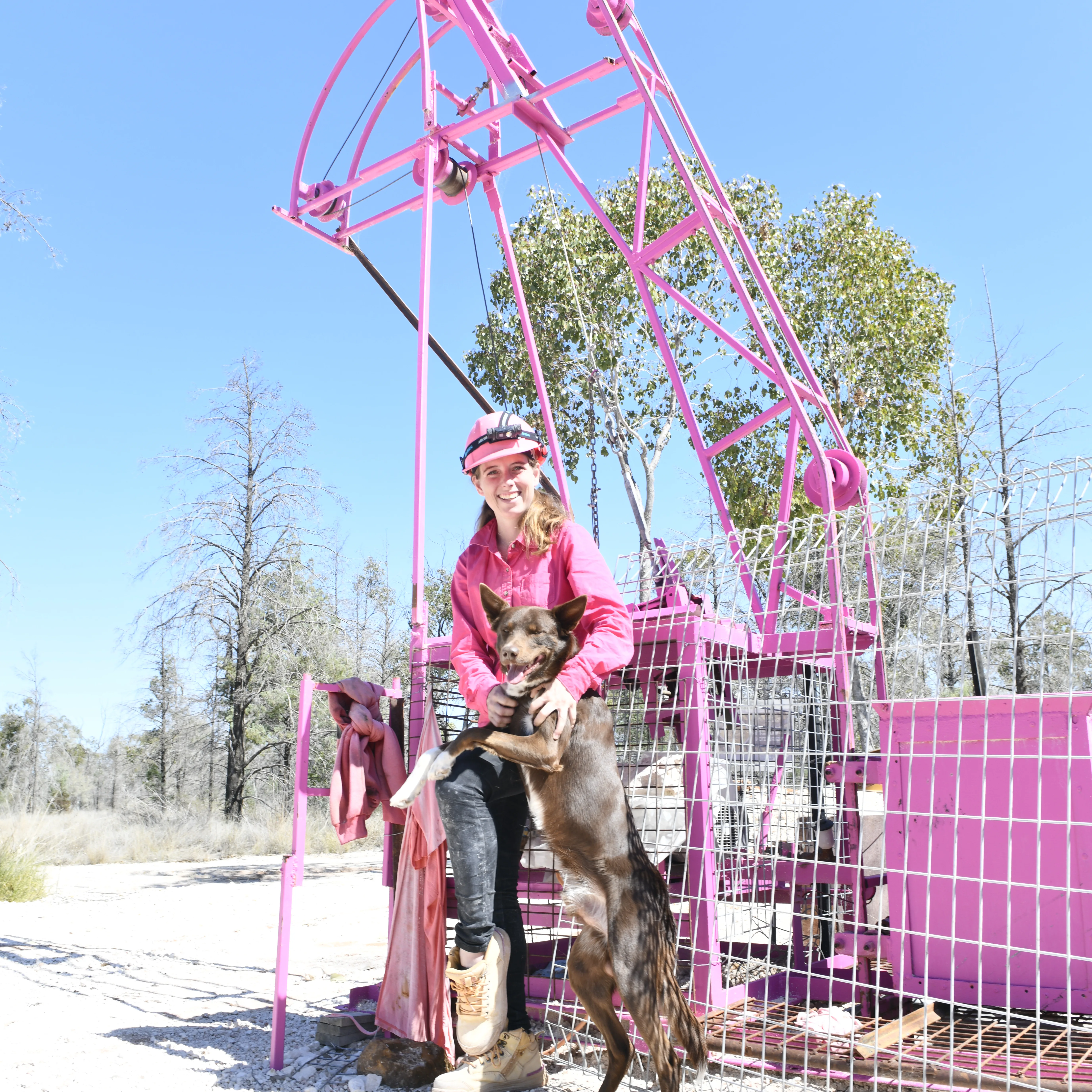
When she was 12, Sam traded her tin shack for a capital city pad when she moved to Brisbane for high school. She loved the contrast, but life threw her a curve ball when her mother was diagnosed with lymphoblastic leukaemia, passing away as Sam completed her final school exams.
Sam studied at university and worked in marketing before she chose to return home to try her own hand at opal mining.
“Mum influenced my decision, but I had to overcome a lot of grief to be able to come back. She always taught me to push boundaries and prove people wrong. I’m not the stereotypical opal miner, that’s for sure. I’m a little girl in a big world that is generally male dominated.”
This “little girl”, with her trademark pink shirts and hard-hat, works alongside seasoned male miners, and early in 2024 will, like Kelly, appear in Outback Opal Hunters. It complements her @miningwithsam TikTok account that she uses to inspire others.
“We need younger people coming out because, without them, the industry will die. I only stand at five-foot-two. If I can shovel and jackhammer all day, it shouldn’t stop anyone else from doing it.”
Once Sam has found her opal, she needs to sell it, and this is where Jenny Tolo, 62, comes in.
Standing not much taller than Sam, Jenny has made a successful transition from a media career in Sydney to an opal buyer at Lightning Ridge.

“I came here with a girlfriend in the mid-1980s and thought, ‘what on earth are we doing here?’” says Jenny with her characteristic easy laugh. “It really was a man’s world, a rough-around-the-edges mining town. But then I got to see my first gem opal. I couldn’t believe nature had created such an amazing piece. And that was pretty much it – I got the opal bug.”
After going back and forth from Sydney for 20 years, Jenny made a permanent move in 2001 and set up as an opal buyer, sourcing stones from miners, grading and cutting them, and then making trips to the city to sell them wholesale.
Buying direct from the miners was, at first, a daunting task.
“Here’s little blonde me with some of these great big guys and I’m trying to negotiate a price, thinking, ‘If I say something wrong they might thump me in the nose!’ But most of them were very polite, and even when they let out an accidental expletive, they would quickly apologise. I realised it was daunting for them because they were used to dealing with the men and weren’t sure how to behave with me.”
Jenny insists that opal fever doesn’t wear off – indeed it has an even stronger grip on her now than when she arrived here. “I genuinely love working with opal and feel fortunate I can do something I love,” she says, “Plus, I’m always discovering something new.”
This thrill of discovery also drives palaeontologist Liz Smith, 74, because Lightning Ridge has another siren’s call – opalised fossils.
Liz grew up on Sydney’s North Shore and first found the fields through family connections in 1971. While fossicking for opal, she noticed tiny fossils in the rocks – among them twigs, pinecones and teeth. Intrigued, she sent samples to the Queensland and Australian Museums.

No one could tell her what she was looking at. Besotted with the mystery, Liz and her husband sold “a house in Byron Bay on the hill, substituted it for a caravan under a coolibah tree” and took a deep dive into the world of fossils.
In 1999, she published Black Opal Fossils of Lightning Ridge, which generated a rush of a different kind.
“People became aware that they were sitting on, not just opal but this incredible huge fossil province, and sometimes the fossils are red-on-black gemstones. It creates world class natural history material.”
Over the years, Liz has been on the leading edge of fossil research, identifying new species, particularly of dinosaur, turtle and mollusc, and has been a driver behind the formation of the Australian Opal Centre.
“It is endlessly delightful to see these little pieces surviving the mining machinery and carrying all these messages from a hundred million years ago. I still get excited talking about it. I still get goosebumps and it’s incredibly good fun.”
As opals and fossils attracted people from around the world, communities have prospered. Lisa Thompson, 51, came to Grawin from Lithgow 10 years ago to help a friend who had fallen down a mine shaft.
Despite the inauspicious start, Lisa was captivated by the off-grid living and the laid-back community. She is proud of her people, a pride that was reinforced during the November bushfires that threatened homes and lives.
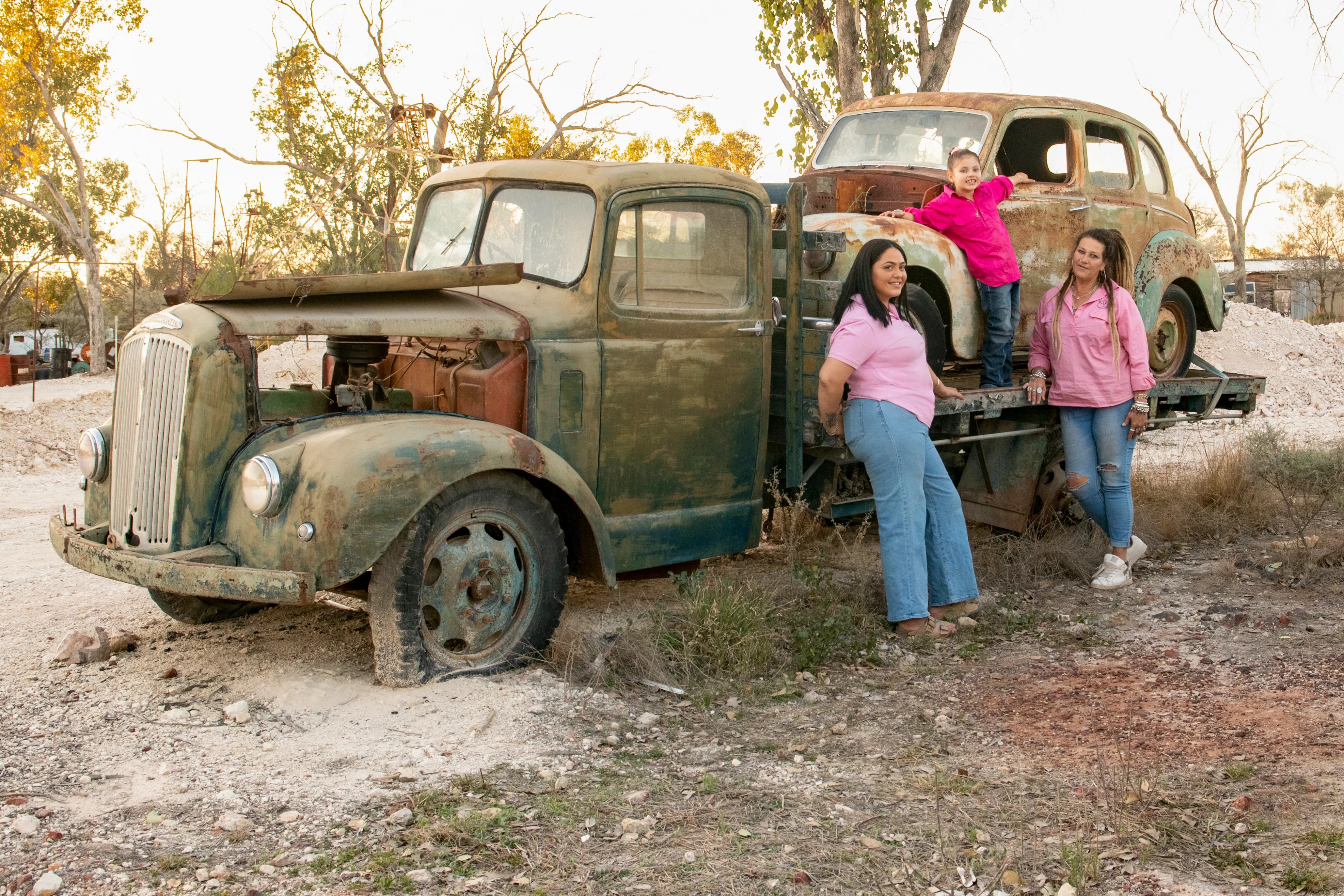
“Everyone was helping everyone,” says Lisa. “We were clearing camps and running water, and everywhere you went you’d see trailers and pods [1000-litre water shuttles]. Of course, there’s opal but I just love these people.”
While others, like Kelly and Sam, may be third generation on the fields, Lisa has begun her own dynasty with her daughter B’anka and grandchildren, Nevaeh, seven, and Keanu, two, also living here. B’anka runs an opal shop – Stones and Bones – behind the Sheepyard Inn.
Nevaeh and Keanu enjoy the freedom as Kelly and Sam did growing up.
“It’s the best life for them and they’re not on technology all the time,” says Lisa, as Nevaeh searches through dirt for her own opal.
Living on the opal fields does come with its challenges. For Jenny it is the distance from major cities; for Liz it’s the limited health services; for Lisa it’s the critters – “I’ve had three brown snakes in my camp.”
All cite the summer as brutal, but the challenges will not drive them away.
“My heart’s connected to this place, the landscape, the sunrises and sunsets and the night skies, the wildlife that I love passionately,” says Kelly.
“Yes, it’s dry, it’s hot, it’s not for the faint-hearted but it’s our home and I wouldn’t be anywhere else.”
